Liposuction
(Liposuction)
What is liposuction?
Fat tissue suction is a very gentle method for the permanent removal of aesthetically disturbing or pathological accumulations of fat tissue. It is also often referred to as liposuction or liposculpture. It is one of the most common aesthetic operations worldwide and is now preferably performed under local anesthesia and on an outpatient basis.
Although liposuction was primarily developed for the aesthetic correction of unwanted accumulations of fat, it is also used in the curative field. It has been an integral part of dermatosurgery for around 30 years and is now one of the standard interventions. In addition to the first use of blunt cannulas in the 1970s, the development of tumescent local anesthesia (TLA) revolutionized liposuction. Only through the use of TLA was it possible to carry out liposuction on an outpatient basis and significantly reduce the complication rate.
Well-founded knowledge of the anatomy and pathophysiology of the subcutaneous fat tissue as well as the correct determination of the indication and the control of possible complications are important factors in quality assurance in liposuction.
Liposuction in Austria has been carried out at the II. University Clinic for Dermatology in Vienna General Hospital since 1985 by Univ. doc. dr Sanja Schuller-Petrovic carried out and taught.
In an era where lipoedema was only treated conservatively with compression, liposuction was already used as the optimal therapy. In this way, a great deal of experience could be gained in these often more delicate cases. It was also possible to treat advanced cases with the onset of elephantiasis, other fatty tissue proliferations such as lipomas, lipomatosis, gynecomastia and HIV-associated fatty hypertrophy.
In the aesthetic field, liposuction is used wherever there are aesthetically disturbing accumulations of fat tissue.

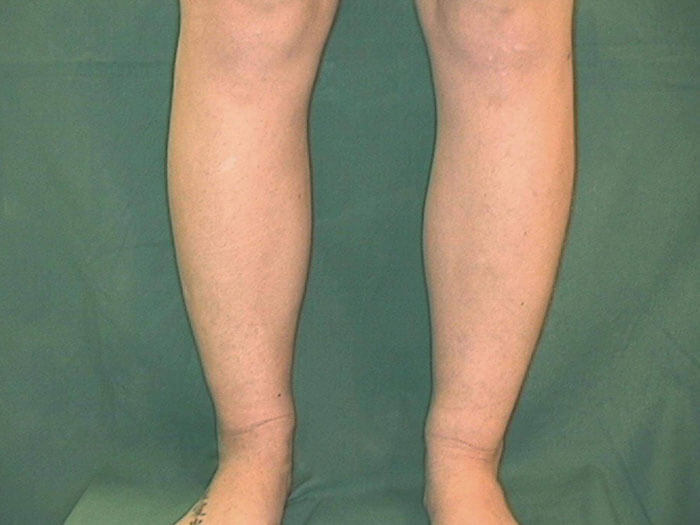
Drag the arrows to view the before and after pictures.
How is liposuction performed?
After a precise anamnesis and assessment of the problem, an individual treatment plan is drawn up with the patient. Photos are taken to document the condition before the treatment. The patient is informed about the treatment in a detailed discussion, and possible alternative treatment options are also discussed. Possible side effects and complications are explained and all of the patient’s questions are answered.
On the day of the operation, the current blood tests are checked, the project is briefly discussed again, and any questions are clarified. The areas to be treated are then marked with a marking pen and photographed again for documentation purposes.
lying down, the TLA (tumescent local anesthesia) is then slowly infiltrated in the marked areas until the skin feels tight (tumescent).
After an exposure time of approx. 30 – 40 minutes, the liposuction is started. Approximately 3 mm stitches are placed for the insertion of the suction cannulas and the fatty tissue is sucked out with 2.4 mm, 3mm, and occasionally 4mm cannulas by moving backwards and forwards using a special suction machine. The patients do not feel any pain during the procedure. In addition, we use a special vibration cannula (PAL – Power Assisted Liposuction), which is particularly gentle on the tissue and enables very even results. After the procedure, the small skin stitches are treated with adhesive strips, sutures are not necessary. A pressure bandage (taping) is then applied.
Patients can go home immediately after the procedure. Because the patients are not able to drive for 2 days after the procedure, an accompanying person is required to pick up the patient.
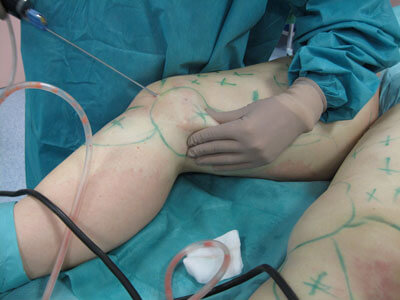
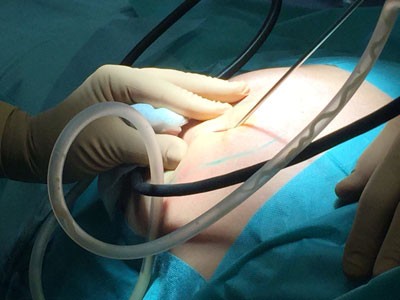

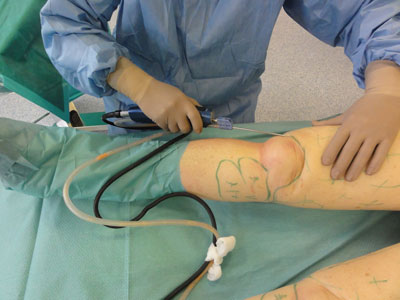
What is tumescent local anesthesia (TLA)?
Tumescence local anesthesia is a special form of local anesthesia (LA), in which the anesthetic is highly diluted with physiological saline solution and adrenaline is added. The adrenaline ensures that the anesthetic (usually lidocaine) does not get into the circulation too quickly and ensures a certain bloodlessness in the surgical area to be treated. On the one hand, this means that there is no major loss of blood during the treatment, and on the other hand, larger areas can be aspirated without fear of side effects from the anesthetic. In order to achieve freedom from pain in the surgical area, larger amounts of TLA – often several liters – have to be infiltrated. This liquid is completely harmless and runs out through the small skin punctures in the first 2-3 days after the liposuction. Some of it is also excreted in the urine.
How do you feel after liposuction?
Patients generally feel very good after liposuction and their circulation is stable. Since the effect of the TLA lasts for 1-2 days after the procedure, there is no pain. This also eliminates the need to take painkillers. After removing the bandage after 3 days, the skin in the surgical area is somewhat numb, sensitive to pressure and bruising may be visible. However, these disappear without additional treatment. In the first few weeks after liposuction, there is a tendency to swelling in the treated area, which is why the result of the treatment is only assessed after the swelling has gone down.
Patients are allowed to move normally after liposuction, but should abstain from exercise for a month and wear a compression garment for several weeks.
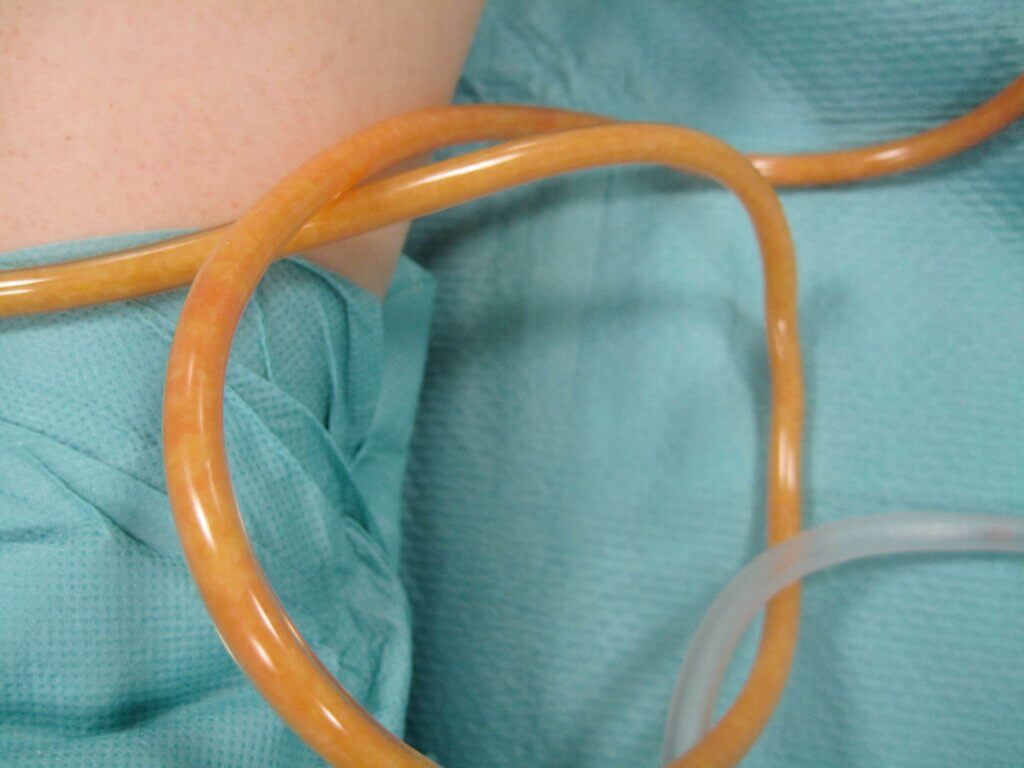
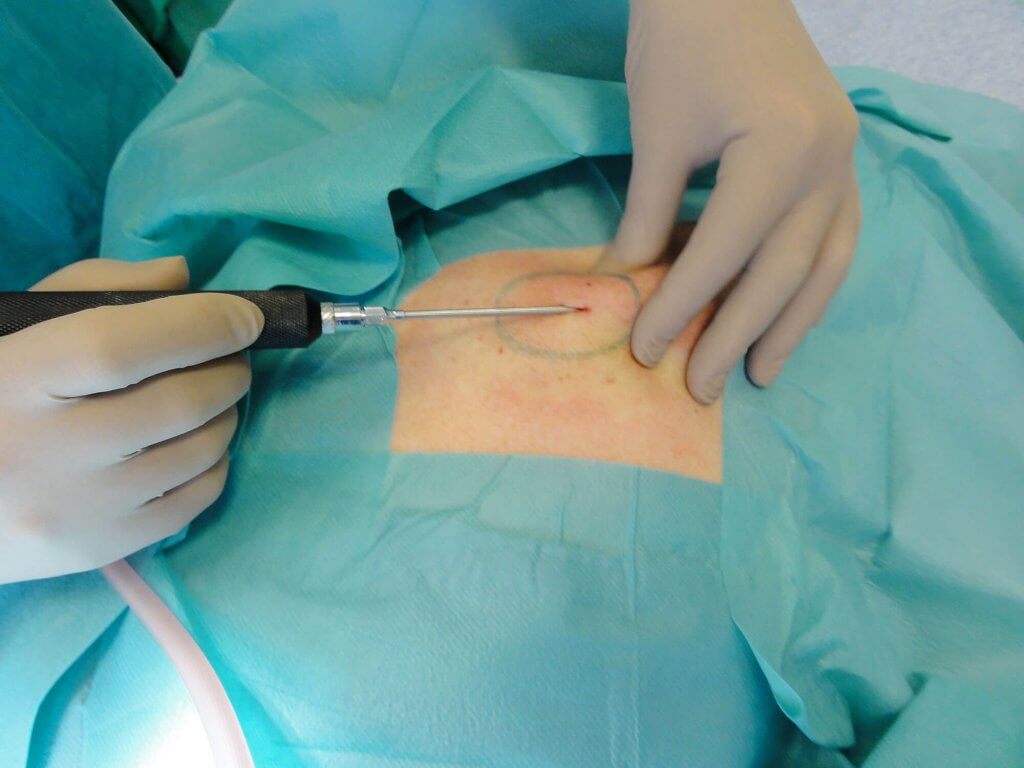
What are the side effects and complications after liposuction?
As a side effect or side effect, there is bruising, temporary numbness, tenderness and occasionally slight pain in certain areas. The stitches heal very well in the majority of cases and are hardly visible after a while. In rare cases, there may be prolonged redness or hyperpigmentation of the scars, which will go away after some time.
An irregular result (dents or an unsymmetrical result) can easily be corrected. More serious complications such as infection, sepsis, damage to deeper tissue layers or organs and pulmonary embolism occur only very rarely in connection with liposuction and have only been published occasionally in the professional world.

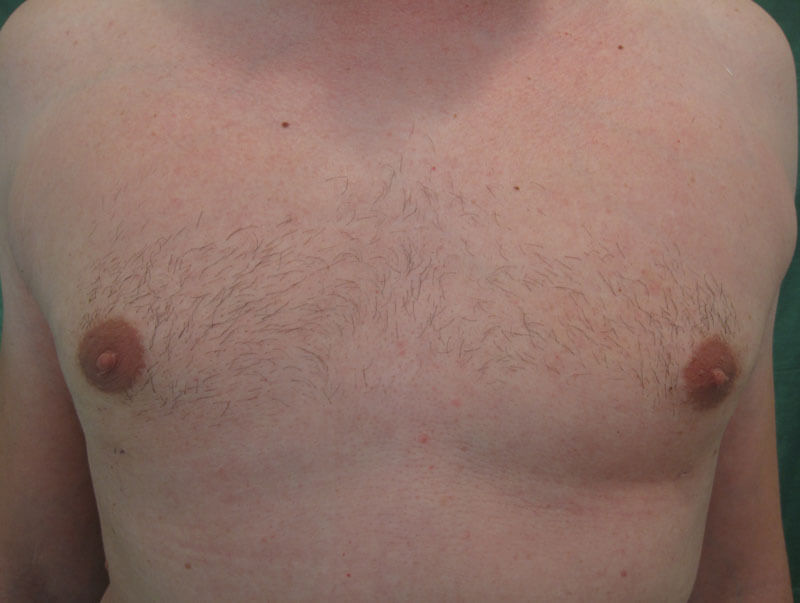
Drag the arrows to view the before and after pictures.
What result can be expected after liposuction?
The results after liposuction are very good, both from an aesthetic and curative point of view. The result should appear even and natural, the scars small and inconspicuous. In the cosmetic field, patients are extremely satisfied because it is often a genetic or racial predisposition for certain disproportionate fat distributions, which are often not based on being overweight (such as riding breeches). Excellent rejuvenating results can be achieved on the face by suctioning off the sagging cheeks and double chin.
Very good results are also achieved with lipoedema of the legs and arms. There is not only an improvement in the aesthetic situation, but also a significant reduction in the symptoms. Gynecomastia, which is often very annoying for men, can be corrected very effectively with the vibrating cannula and with minimal side effects.

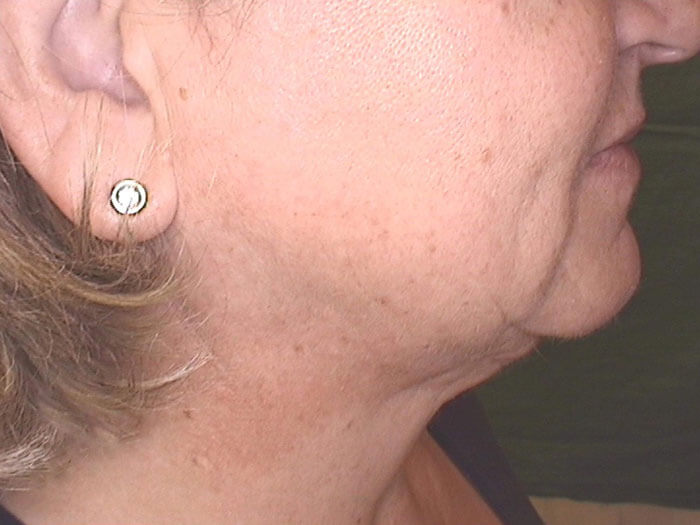
Drag the arrows to view the before and after pictures.
Individual consultation
Individual consultation: We would be happy to consult you extensively on the individual examinations and treatment options in one of our offices. You are also welcome to schedule an appointment online.
